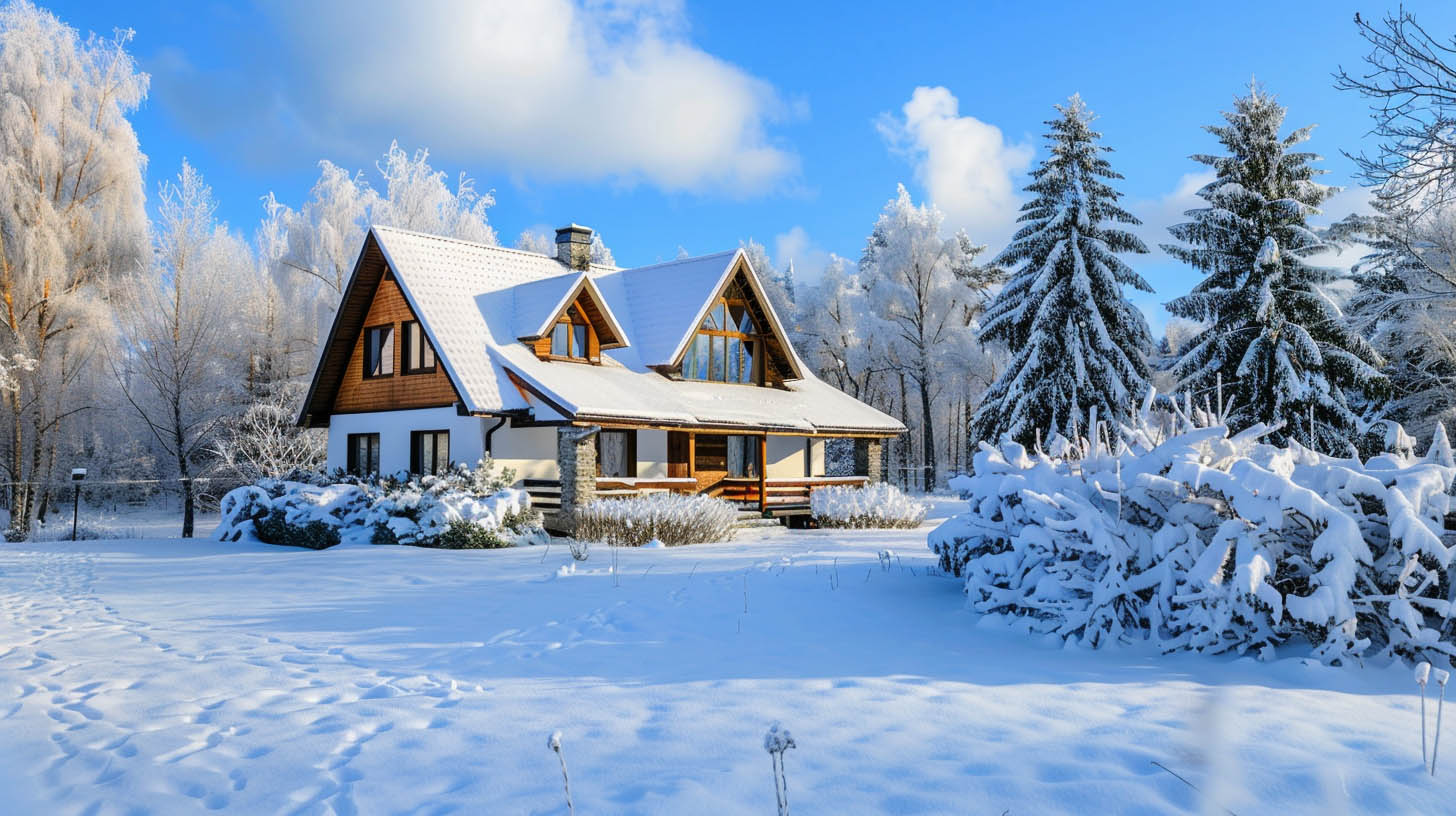Introduction
Despite being known for their warm climates, regions like South Florida occasionally experience cold snaps that can have surprising effects on roofing systems. Understanding how cold weather impacts roofs in these areas is crucial for homeowners to ensure their properties are protected against unexpected weather changes. This article will explore the adverse effects of cold weather on roofs in warmer climates and offer guidance on how to safeguard your home.
Cold Weather Challenges for Roofs in Warmer Climates
Expansion and Contraction
Cold weather can cause roofing materials, typically designed for steady warm temperatures, to contract unexpectedly. This contraction can lead to cracks and splits in the roofing material, compromising the roof’s integrity and leading to potential leaks.
Moisture and Ice Damming
Although rare, frost and ice can accumulate when temperatures drop significantly in typically warm climates. Ice damming can occur when the ice melts during the day and refreezes at night, leading to water backing up under shingles and causing damage to the roof structure and interior water leaks.
Wind Damage
Cold fronts can bring strong winds that are particularly damaging to roofs that are not regularly exposed to such conditions. These winds can loosen or remove shingles and tiles, leading to immediate repairs to prevent water from entering the home.
Preventative Measures for Roof Protection
Regular Inspections
Scheduling regular inspections can help identify and address minor issues before they become major problems, especially as the season changes. Professional roofers can assess vulnerabilities caused by temperature fluctuations and recommend necessary repairs.
Appropriate Material Selection
Choosing roofing materials suited for variable temperatures can significantly mitigate the risk of damage during unexpected cold spells. Materials like asphalt shingles that can handle both hot and cold conditions are advisable for areas experiencing occasional cold weather.
Improved Insulation and Ventilation
Proper attic insulation and ventilation help maintain a consistent temperature across the roof, preventing the formation of ice dams and reducing moisture accumulation that can lead to mold and structural damage.
Summit Exteriors: Your Local Roofing Experts
At Summit Exteriors in Coeur d'Alene, ID, we understand the unique challenges posed by weather fluctuations, even in warmer climates. Our team is equipped with the expertise to provide roofing solutions that cater to both the typical and atypical weather patterns of your locale. As a family-owned business committed to quality and integrity, we ensure each project is handled with meticulous attention to detail, whether it’s a routine inspection or a full-scale roofing installation.
Conclusion
The impact of cold weather on roofs in warmer climates can be significant, but with the right preparation and materials, you can protect your home from potential damage. Regular maintenance, proper material selection, and professional guidance are key to ensuring your roof remains in excellent condition, regardless of the weather. Trust Summit Exteriors to provide you with the expertise needed to keep your home safe and secure through any weather conditions.



